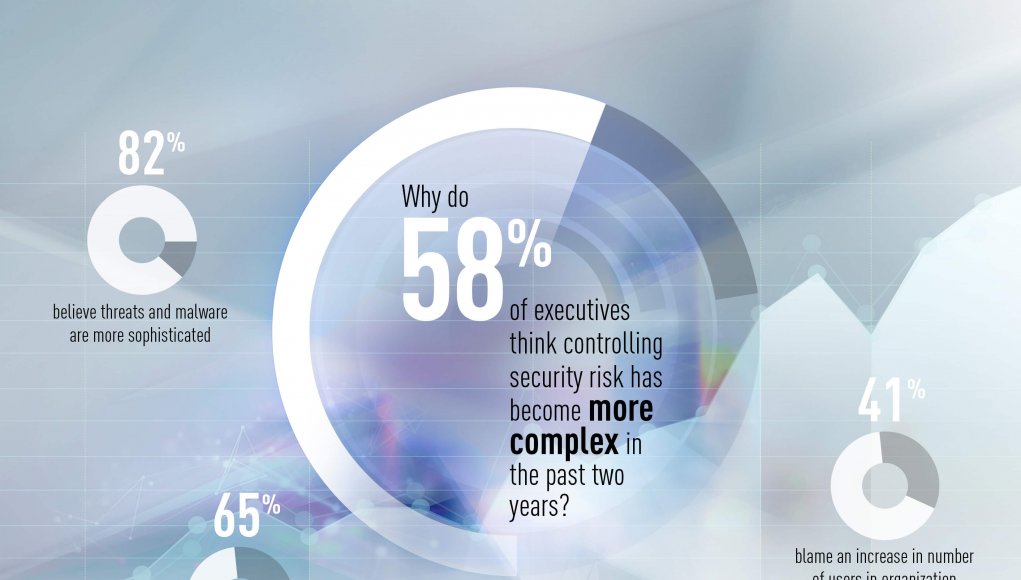Cyber Talk is kicking off a new feature – ongoing mini-surveys designed to get a read on what executives think, fear, and hope with regard to today’s emerging cybersecurity trends.
Our first set of insights comes from a c-level interview that asked about the complexity of cybersecurity. Below are key findings, along with additional thoughts from Gabi Reish, vice president of product management at Check Point.
1. 58% of executives think controlling security risk has become more complex in the past two years.
We are living in an age where new technologies are spun up and brought to market quickly, with cybersecurity as an afterthought. Controlling cyber risk has challenged us all to become much more aware of our environments, our actions, and our connections. Cyber threats are not going to go away, nor will they stop evolving. So, just as we can’t stop bad weather from doing its thing, we need to recognize that cyber threats are part of the world we live in and we need to do what’s necessary to protect against the elements. It doesn’t have to be complicated. But it does require awareness and a concerted strategy.
2. 82% believe threats and malware are more sophisticated.
Yes, it’s absolutely true that the sophistication is there. And, it’s increasing. You have to respond faster. That’s why real time prevention is so critical. The problem is when you don’t keep up with the latest technologies, the hackers get ahead. As the threats and malware evolve, it’s more important than ever to focus on prevention, and not just after-the-fact detection. You can’t cope with new generations of cyberattacks like WannaCry and NotPetya with old protections. Here’s the thing: When you keep up with the latest cybersecurity technology that is designed to prevent cyberattacks, you can handle the threats and minimize disruption and destruction in your organization.
3. 65% believe IT environment is more complex to manage and control.
The main reason people believe IT is more complex to manage and control is that we have more networks now to secure—branches, cloud, mobile. On top of that, we have the rapid proliferation of IoT devices. But we need to embrace these technologies, not fear them. All these elements enable digital transformation—the kind of growth necessary to support commerce in the modern era. The thing to keep in mind is that when you build a strong cybersecurity architecture, the complexity around management and control falls away. Suddenly the fractured visibility of a patchwork structure becomes super simple to monitor. The different security components work together in an orchestrated fashion, so you’re able to control your networks in a simplified manner. It’s magic.
4. 41% blame an increase in the number of users in the organization.
It’s easy to blame humans. But if that’s how you’re addressing cybersecurity, you have bigger problems than you realize. The funny thing is, despite the mega cyberattacks of 2017, some enterprises still don’t believe it will happen to them. You can’t just say more users means more people clicking on the wrong links or going to bad websites. I’m not saying that the basics—like training employees and patching systems—are unimportant. On the contrary. But even if you’re doing all the right things internally, there will still be cybercriminals on the outside, trying to find a way in. And that’s why you need to block attacks, with the best technologies, using threat intelligence. It needs to be real-time security, across the entire enterprise.
Share your thoughts on cybersecurity. Participate in our new survey at https://www.research.net/r/cybertalkjanurary2018




